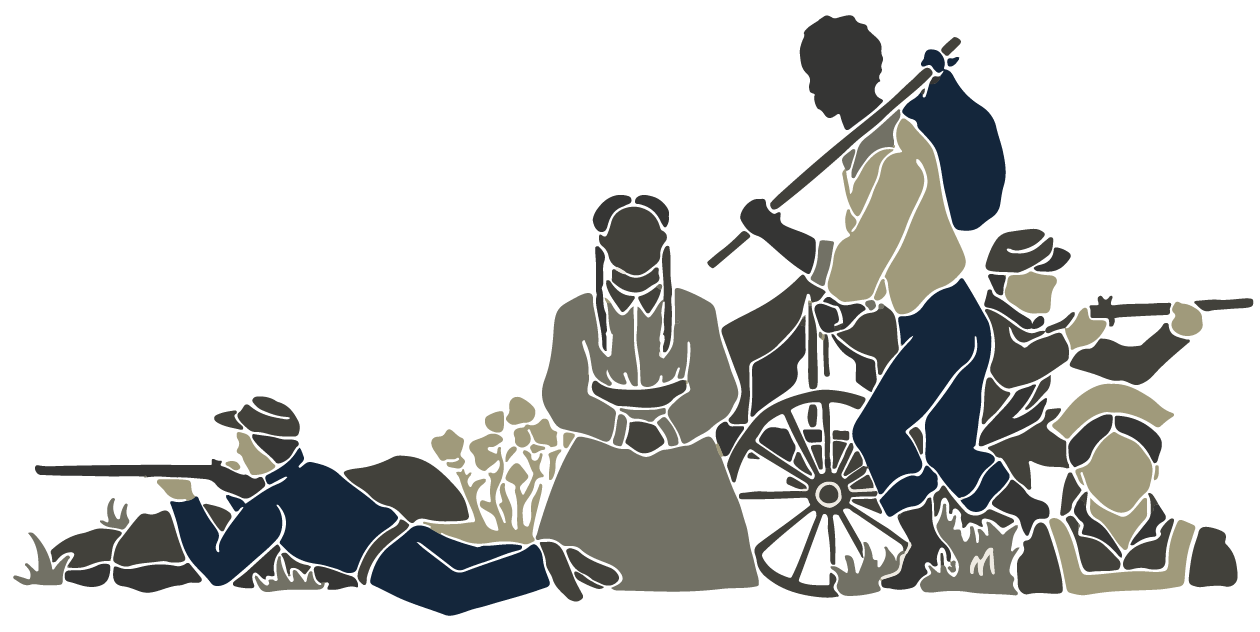8.2/10
92%
Gone with the Wind is a historical epic based on the novel of the same name by Margaret Mitchell. It covers the Civil War and Reconstruction era from the point of view of a Southern debutante in Georgia. The film tells of the epic romance between Scarlett O’Hara (Vivien Leigh) and war-profiteer-turned-Confederate-soldier, Rhett Butler (Clark Gable). It uses the romance of the two protagonists as a lens to explore the war’s effect on the public and on Southern society.
Gone with the Wind provides a romanticized view of the South during the Civil War. Slavery is shown in a positive light and the film is sympathetic to the Confederate cause. This film symbolized the consolidation of the Lost Cause narrative within the white public mindset, offering a simplified, digestible narrative of the war and its causes.
Despite its historical flaws, Gone with the Wind was a critical hit. Its visuals, storyline, and characters were seen as romantic escapes from the Great Depression and onset of World War II. The performances of Leigh and Gable are some of the most memorable in Hollywood history. The film won ten of its thirteen Academy Award nominations, including the first won by an African American, which was awarded to Hattie McDaniel for her portrayal of Mammy.
FURTHER READING
Books
Margaret Mitchell, Gone with the Wind (New York: Simon & Schuster, 1936)
Molly Haskell, Frankly, my Dear: Gone With the Wind Revisited (New Haven: Yale University Press, 2010).
Jennifer Dickey and Liz Lester, A Tough Little Patch of History: Gone With the Wind and the Politics of Memory (Fayetteville: University of Arkansas Press, 2014).
Articles
Drew Gilpin Faust, “Clutching the Chains that Bind: Margaret Mitchell and Gone With the Wind,” Southern Cultures 5, no. 1 (1999): 5-20.
Peter Carmichael, “The Old South that Never Was Lives on in Gone With the Wind” Civil War Times Illustrated 40, no. 7 (February 2002).
Film Reviews
Roger Ebert, “Gone With the Wind Movie Review,” Roger Ebert, June 21, 1998.
Frank Nugent, “THE SCREEN IN REVIEW; David Selznick’s ‘Gone With the Wind’ Has Its Long-Awaited Premiere at Astor and Capitol, Recalling Civil War and Plantation Days of South–Seen as Treating Book With Great Fidelity,” New York Times, December 20, 1939.
John C Flinn, “Gone With the Wind,” Variety, December 19, 1939.
Carrie Hagen, “How Gone With the Wind Took the Nation by Storm by Catering to its Southern Sensibilities,” Smithsonian Magazine, December 15, 2014.
Return to the History of Film and the Civil War Project main page.
